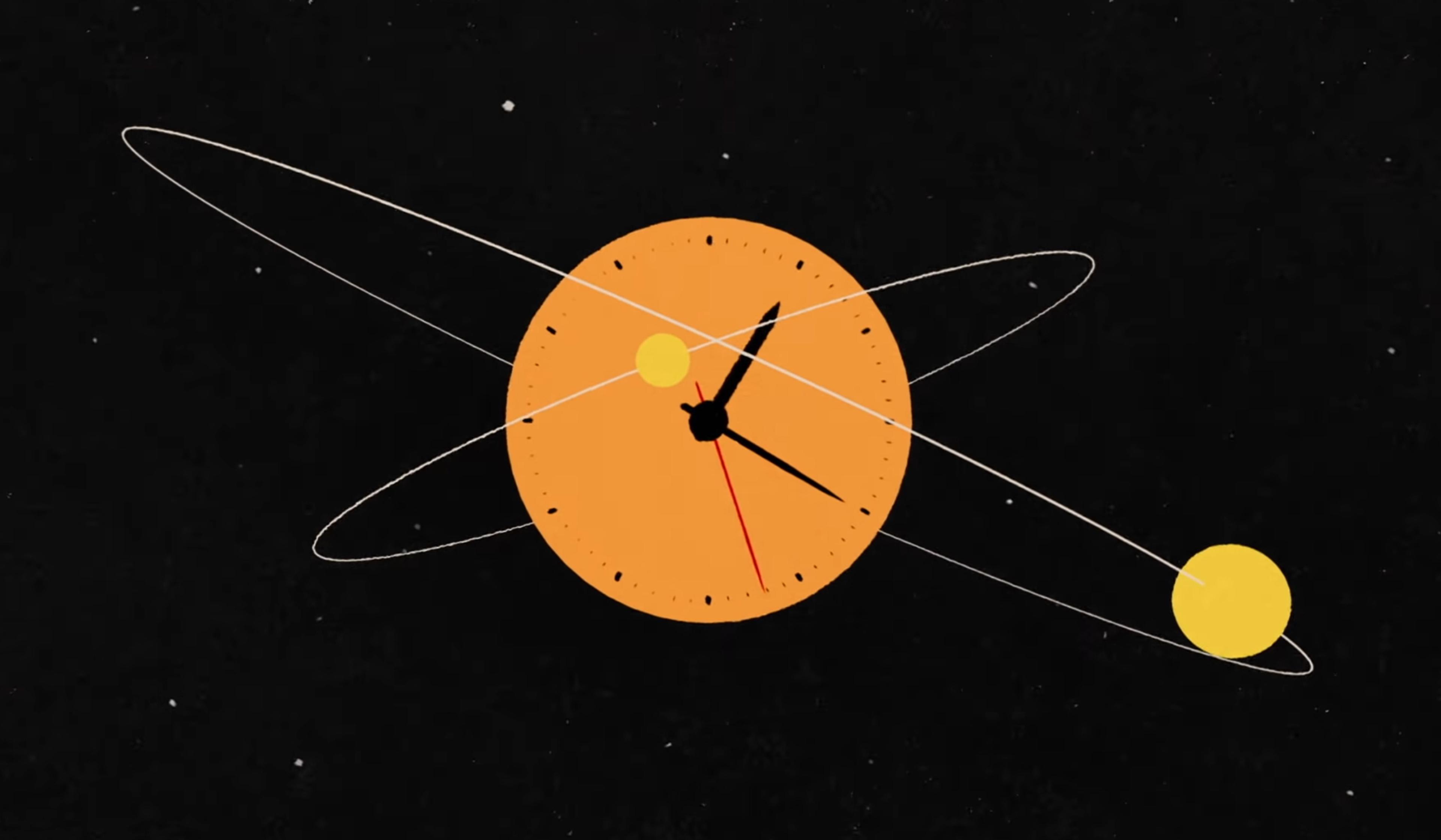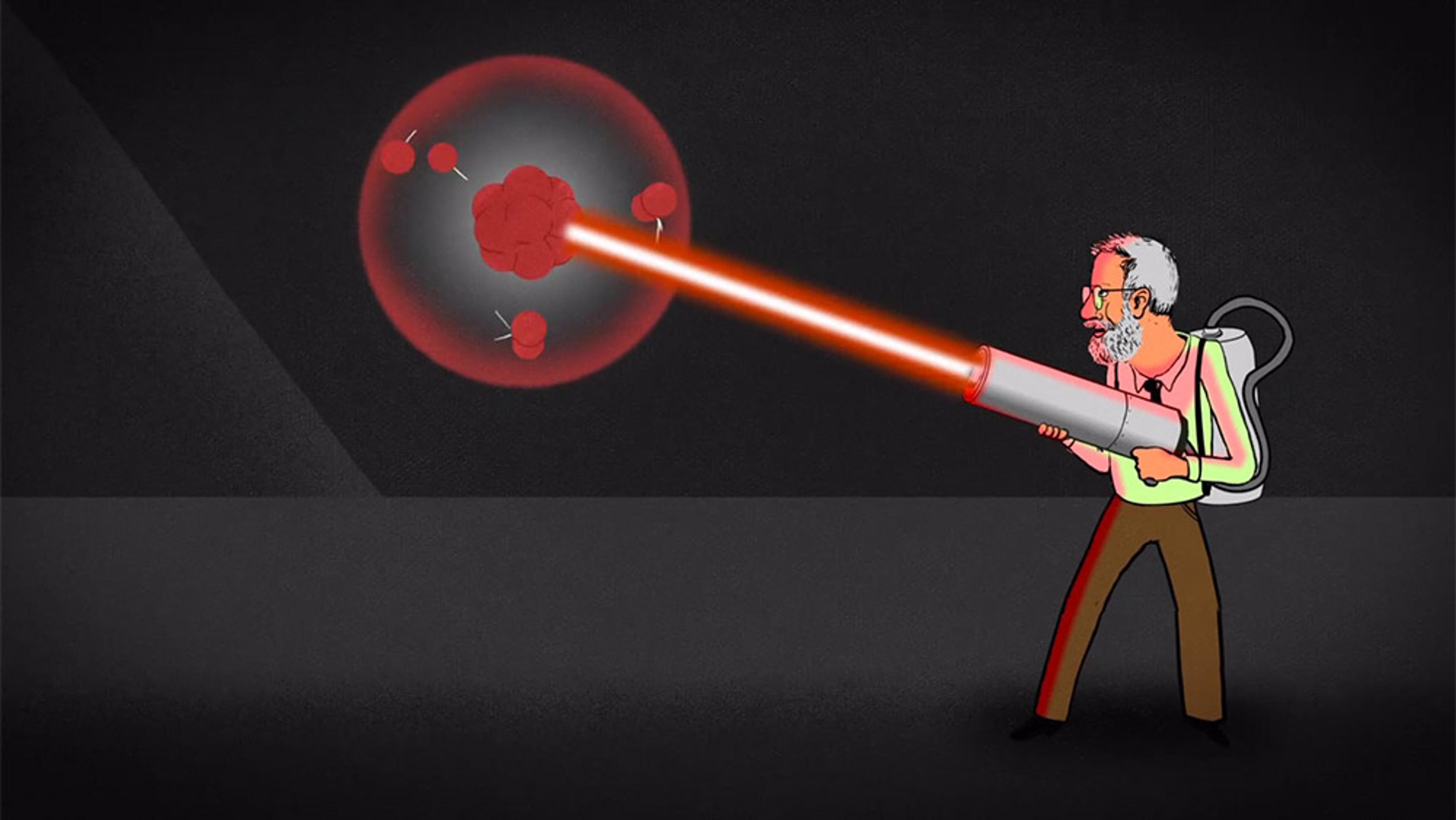The foot is a most easily accessible tool and it had a lengthy history as a means of measuring before the introduction of national and international standards. So how were earlier standards created? In this short video from 1981, the British physicist Reginald Victor Jones demonstrates a clever methodology for finding the length of an average foot illustrated in a 16th-century German geometry book. The video is excerpted from Jones’s 1981 Royal Institution Christmas Lecture series ‘From Magna Carta to Microchip’, a marvellously dated and humorously English account of the history and principles of measurement.
Before modern measurement standards, finding the length of a foot took a village
Website: The Royal Institution
10 July 2018

videoChemistry
There was nothing quick about how we arrived at the standardised second
6 minutes

videoHistory of science
Ideas ‘of pure genius’ – how astronomers have measured the Universe across history
29 minutes

videoPhysics
How ticking atoms keep ultra-precise time for globe-connecting technologies
2 minutes

videoKnowledge
What wrapping a rope around the Earth reveals about the limits of human intuition
6 minutes

videoHistory of ideas
From sky charts to atomic clocks, time is a mysterious story that humans keep inventing
8 minutes

videoHistory of science
How we came to know the size of the Universe – and what mysteries remain
26 minutes


